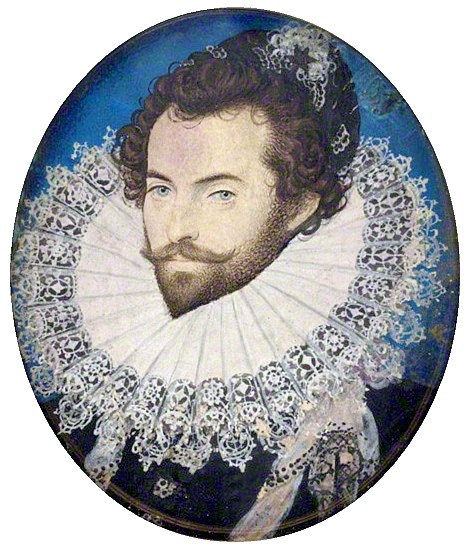Another photo-heavy post, so be patient as they load ...
The morning of our second day on North Carolina's Outer Banks, on my quest for on-site research for my upcoming Lost Colony novel
Elinor, my daughters and I visited the
Roanoke Island Festival Park. Despite the indoor museum areas being closed due to COVID-19 restrictions, I found the open areas extremely interesting and helpful. A walking path leads visitors through a reconstructed indigenous Algonquin village, complete with a ton of informational placards and recordings of words spoken in the native language and native folk stories. I wanted to linger, of course, much longer than the time we actually had.
One of the things that made this so fun is having studied the work of John White, an English artist of some renown for having accompanied three of the first expeditions to the New World, whose illustrations and portraits of native life and people provide the only visual window we have of this time. They've done an amazing job of bringing White's watercolors to life, showing details such as how fish were broiled above large, open fires, to reproduction longhouses and various furnishings.
(And yes, this is the same John White who was later appointed Governor of the new colony, whose granddaughter was the first English child born on American shores.)
Above, my youngest daughter gets into the spirit of reenacting historical trade between Algonquins and the English, beckoning us into the longhouse while reading from one of the signs discussing the importance and details of trade. :-)
Below, I snapped probably a dozen photos of the inside of a longhouse and the details of its construction, but this will give you a good idea of what it looks like.
Sidetracking from the native town area, we walked down to the waterfront, where a beautiful 16th century reproduction ship lay at the dock. My attention was, predictably, torn between the ship and the scenery stretching on both sides.
A few shots of the
Elizabeth II, which we enjoyed getting to explore as much as they would allow, again, given pandemic restrictions. (Better photos of the entire ship are are the park website and
Facebook page.)
An intriguing little sign I found hanging inside the ship ... good advice for anyone!
We then returned to the Indian town, where my girls were intrigued by the model of a dugout canoe ...
A model of one of the fishing weirs commonly used by the Algonquin peoples out in the bay to trap and catch fish ...
And again my youngest literally gets into the fun by pretending to paddle away in the canoe. :-)
After that, we entered the English settlement area, where among other items of interest, we found a winsome young blacksmith plying his trade. I always find this sort of thing far too fascinating, but with a family meeting to make in another part of the state, we had to say our goodbyes and move on.
The display of a native garden and nearby platform was also interesting. The Algonquin would employ young boys to sit and keep watch over the garden, to make sure deer, raccoon, bears, and other critters wouldn't steal their livelihood. Cultivated crops included the usual corn, peas or beans, and squash, with parsnips, persimmons, strawberries, mulberries, grapes, prickly pear fruit, chestnuts, and acorns also gathered from the wild. Their diet was far more varied than one might expect!
This is definitely a site I'd like to return to when I have more time. In the meantime, they have a lot of interesting reading at both the main website and Facebook page, and it proved an extremely helpful resource, even on a very rushed research trip!


























.jpg)

